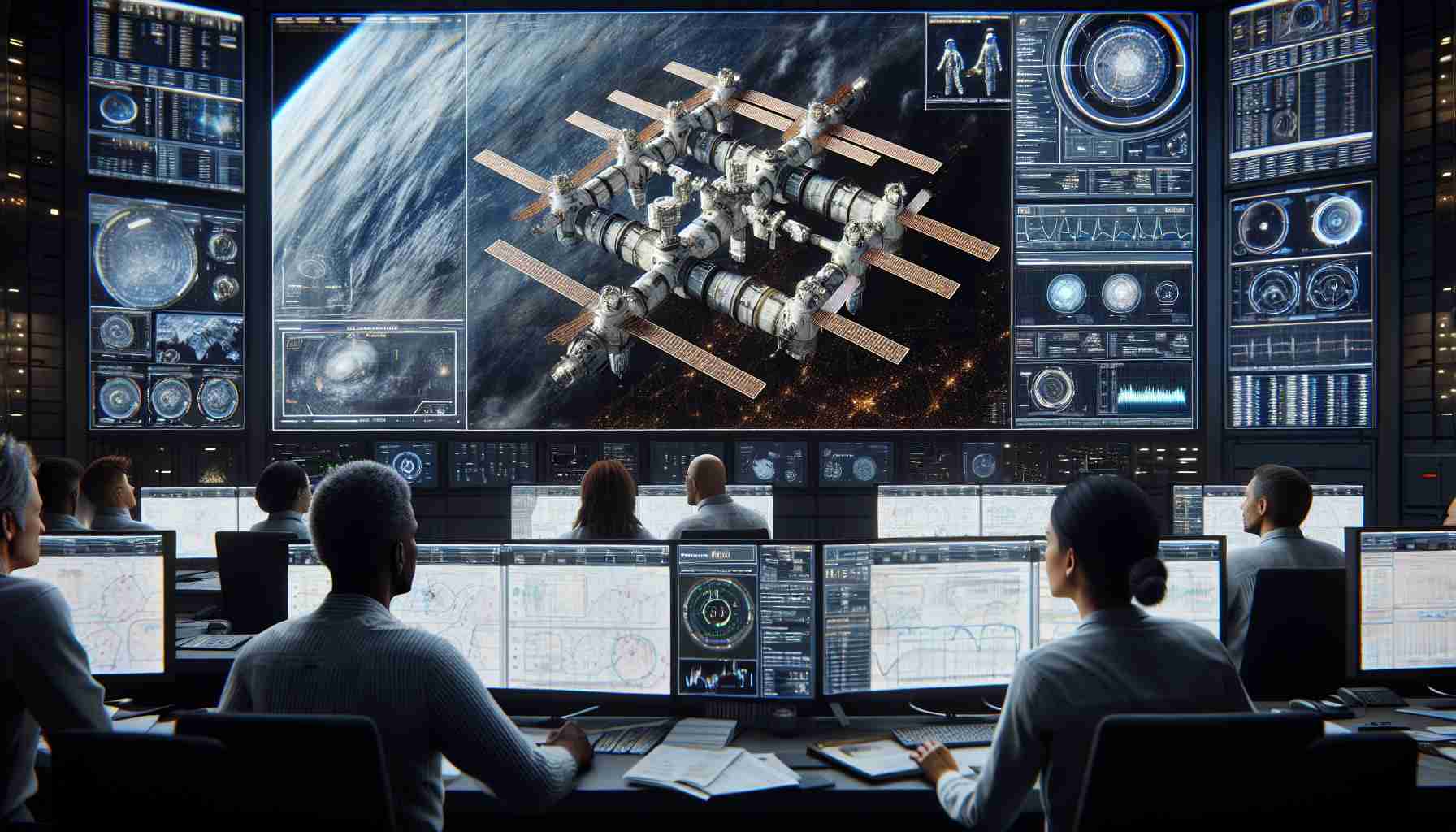NASA is facing scrutiny over safety issues on the International Space Station (ISS), particularly regarding the Russian segment, which has reported increasing air leaks. An inspector general’s recent report raised alarms, highlighting the presence of significant cracks and air leaks that pose risks to the station’s integrity.
Despite these findings, NASA officials have downplayed the urgency of the situation, with a spokesperson reassuring that the issues have been communicated to Russian space agency Roscosmos. Although the associate administrator acknowledged the need to address the leaks, specifics about remedial actions were not detailed. He mentioned that negotiations to limit the opening of an important hatch have led to a temporary solution, indicating that the hatch is secured during evening hours.
To enhance safety measures for American astronauts traveling on Russian spacecraft, NASA has contracted SpaceX for contingency plans in response to the ongoing leak issues. The contract totals $266,000 and emphasizes proactive measures for potential evacuation scenarios.
Meanwhile, Roscosmos continues its efforts to manage the leaks, applying sealants to numerous areas deemed risky. However, NASA officials also pointed out that not all identified concerns are classified as serious structural defects, suggesting that some may be minor surface imperfections. As the ISS edges closer to its operational limits, NASA recognizes the necessity for ongoing risk assessments and collaborative support, particularly from Russia, to ensure the station’s continued functionality until at least 2031.
Navigating the Challenges of an Aging International Space Station
As the International Space Station (ISS) approaches its 25th anniversary, NASA is grappling with increasing concerns about the structural integrity and safety of the aging space platform. While recent reports spotlight issues such as air leaks and cracks, several other critical aspects remain under-discussed.
What are the main concerns regarding the ISS’s aging infrastructure?
One significant concern is the wear and tear of critical components, such as thermal insulation and electrical systems, exacerbated by years of exposure to the harsh environment of space. The ISS’s solar arrays, which convert sunlight into electricity, have also displayed signs of degradation, impacting their efficiency. The long-term effects of space radiation on materials used in the station’s construction are being scrutinized, which raises questions about potential unanticipated vulnerabilities as these materials age.
What strategies is NASA implementing to mitigate these challenges?
In addition to contracting SpaceX for evacuation plans, NASA has begun a multi-faceted approach that includes regular inspections and maintenance protocols designed to identify and address minor issues before they escalate. This “preventative maintenance” philosophy aims to extend the station’s operational life while executing upgrades whenever feasible. Collaborative missions involving both American and Russian crews are being planned to facilitate joint assessments of the ISS’s physical state and future needs.
What are the critical questions central to the ongoing discussions about the ISS?
1. How long can the ISS be safely operated?
NASA has expressed a strong commitment to keep the ISS functional until at least 2031, but continuous assessments will determine its viability beyond that.
2. What are the implications for international collaborations?
With multiple countries involved in the ISS program, maintaining cooperation is crucial in tackling structural issues. Current geopolitical tensions may pose challenges to these partnerships.
3. Are there plans for a successor to the ISS?
While discussions about a next-generation space station are underway, concrete plans are still in their infancy. NASA is considering commercial partnerships for future low-Earth orbit activities, emphasizing the importance of transitioning to private sector involvement.
Key advantages and disadvantages associated with the ISS’s condition:
Advantages:
– The ISS serves as a unique laboratory for scientific research in microgravity that is unmatched, contributing to advances in medicine, materials science, and technology.
– The collaborative nature of the ISS promotes international cooperation in space exploration, fostering relationships that could benefit future projects.
Disadvantages:
– Aging structural elements raise safety concerns for astronauts onboard, potentially resulting in increased mission costs due to safety measures.
– The necessity for constant repair and monitoring diverts resources and attention from future exploration goals, such as missions to Mars or beyond.
As NASA continues to address the challenges posed by an aging ISS, the need for proactive leadership and innovative solutions remains vital to maintaining one of humanity’s greatest achievements in space. For more information on NASA’s ongoing efforts and future plans, visit NASA’s official website.














